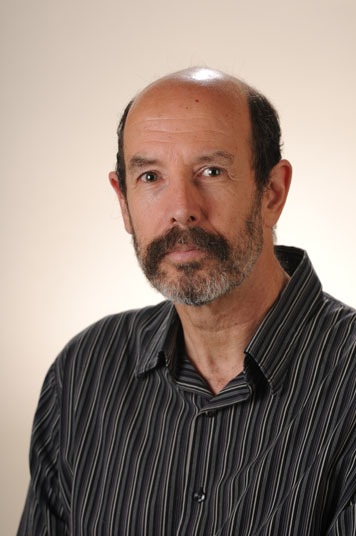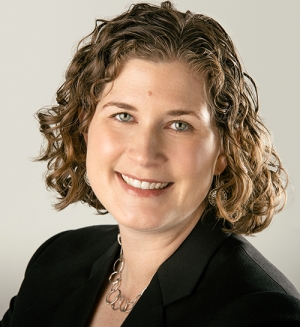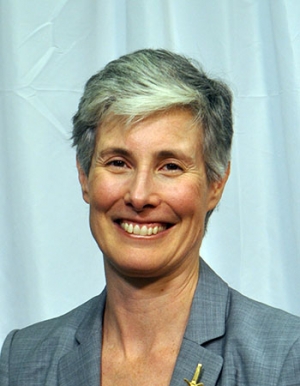Every detail – every minute – of a space mission is scripted. The plan for a four-hour spacewalk can exceed 50 pages and will list what an astronaut is supposed to do almost to the second. If something goes awry or deviates from the plan, Mission Control back on Earth makes the decisions about how the astronaut should respond.
As human spaceflight inches closer to launching a Mars mission, onboard planning and mission adjustments loom large as potential issues. On a Mars flight, the communications lag time with Mission Control will be between four and 22 minutes, and astronauts need to be able to make some decisions on their own, especially in the event of an emergency.
When the best-laid plans need to be adjusted, how do astronauts reconnoiter?
This question is at the heart of "Technologies for Mixed-Initiative Plan Management for Human Space Flight," research conducted by three Georgia Tech engineering professors: Martin Savelsbergh, James C. Edenfield Chair and professor in the Stewart School of Industrial & Systems Engineering (ISyE); Karen Feigh, an associate professor in the Daniel Guggenheim School of Aerospace Engineering (AE); and Amy Pritchett, David S. Lewis Professor of Cognitive Engineering in AE.
This research – which the team is just beginning to explore – recently received a two-year, $600,000 NASA Early Stage Innovation (ESI) grant. Together Feigh, Pritchett, and Savelsbergh will work toward developing technology that will allow on-board astronauts to develop their own short- and long-term plans for accomplishing mission objectives.
Feigh said that the team will focus on developing a computational structure and representation of tasks that astronauts must complete. Each task will be defined not only by its obvious demands, but by the constraints it creates. Tasks will be subdivided into sub-tasks and “sub-sub-tasks,” she said, to get the full scope of activity mapped out. The team will then develop a computational algorithm that can derive optimal short- and long-term plans to meet different goals.
Savelsbergh, who works on autonomous scheduling problems in ISyE, said, “The idea here is to explore mechanisms that support more autonomous decision-making. There are several challenging aspects to doing so. The aspect that I’m interested in most is the algorithms that make decisions or suggest decisions, i.e., automatically compute plan changes. This is especially challenging because plan changes have to be evaluated based on multiple different criteria. This is the part of the project where my expertise contributes most.
“Also, because we are dealing with astronauts, there is the question of how we interact with that individual. Our algorithms suggest changes to the plans; how do we communicate those decisions to the astronauts if we offer choices? Can they overrule what we propose? How can they convey information about what’s happening? In other words, how can the team structure and represent information so that communication with the astronaut goes smoothly?”
“It’s certainly an interesting problem,” Savelsbergh added.


